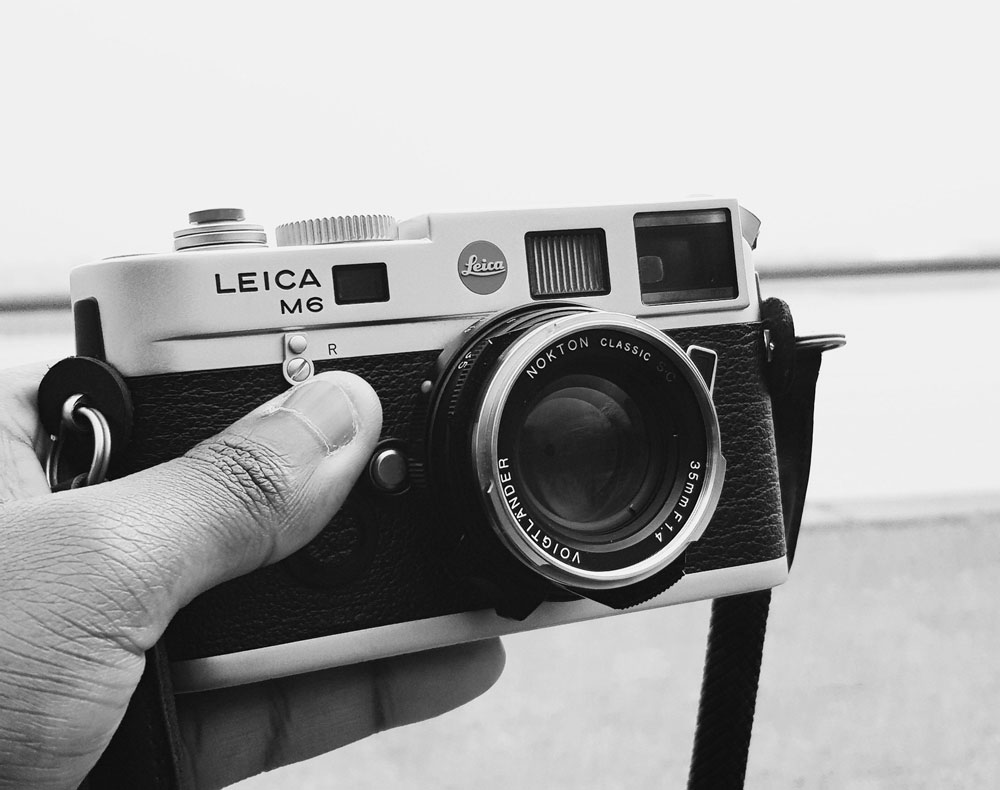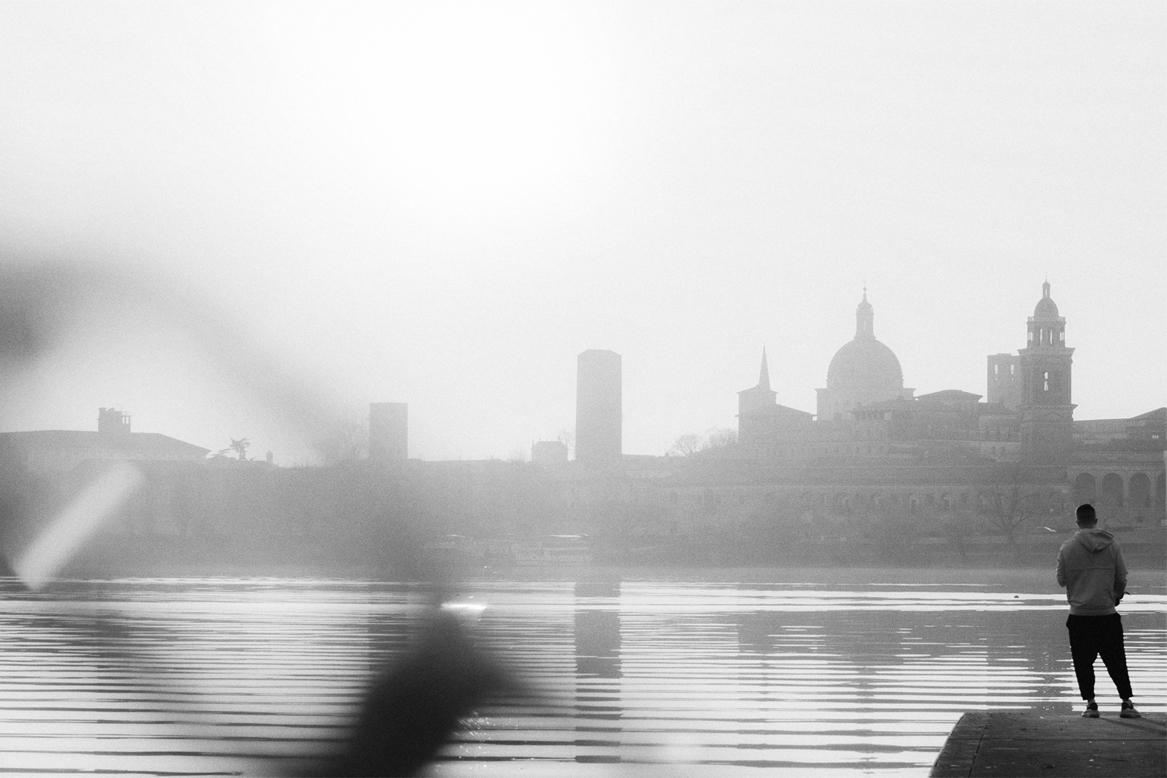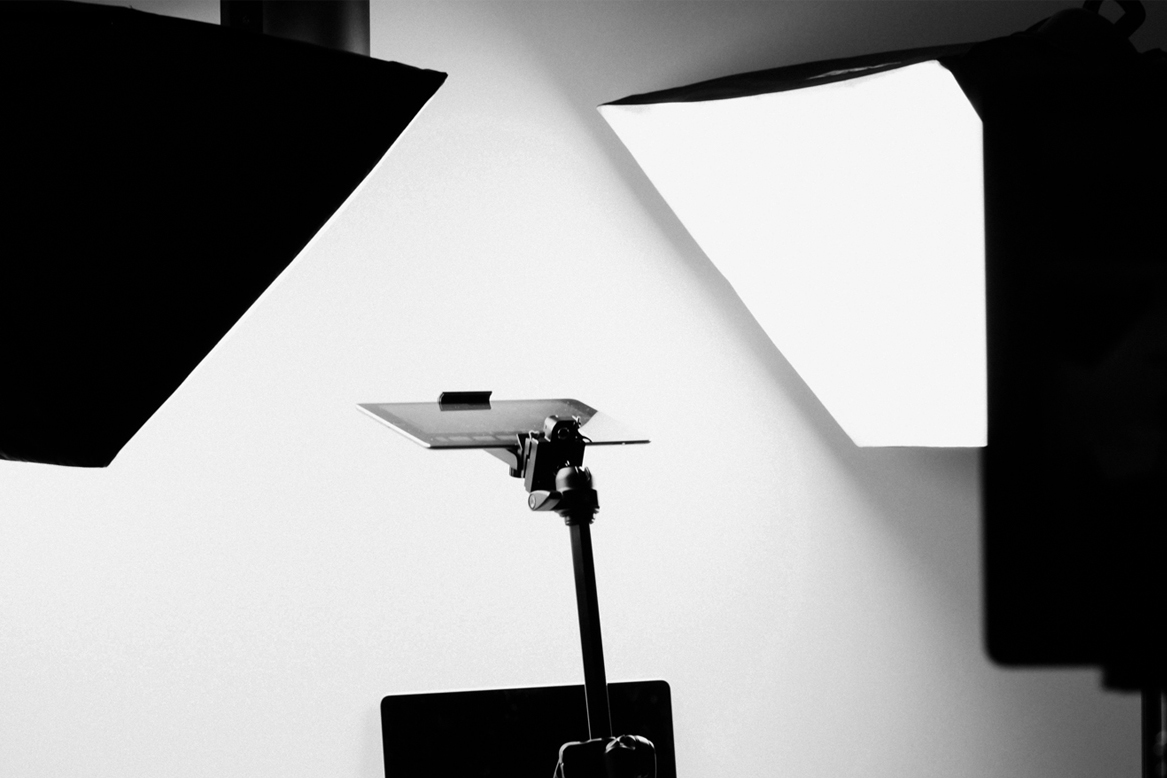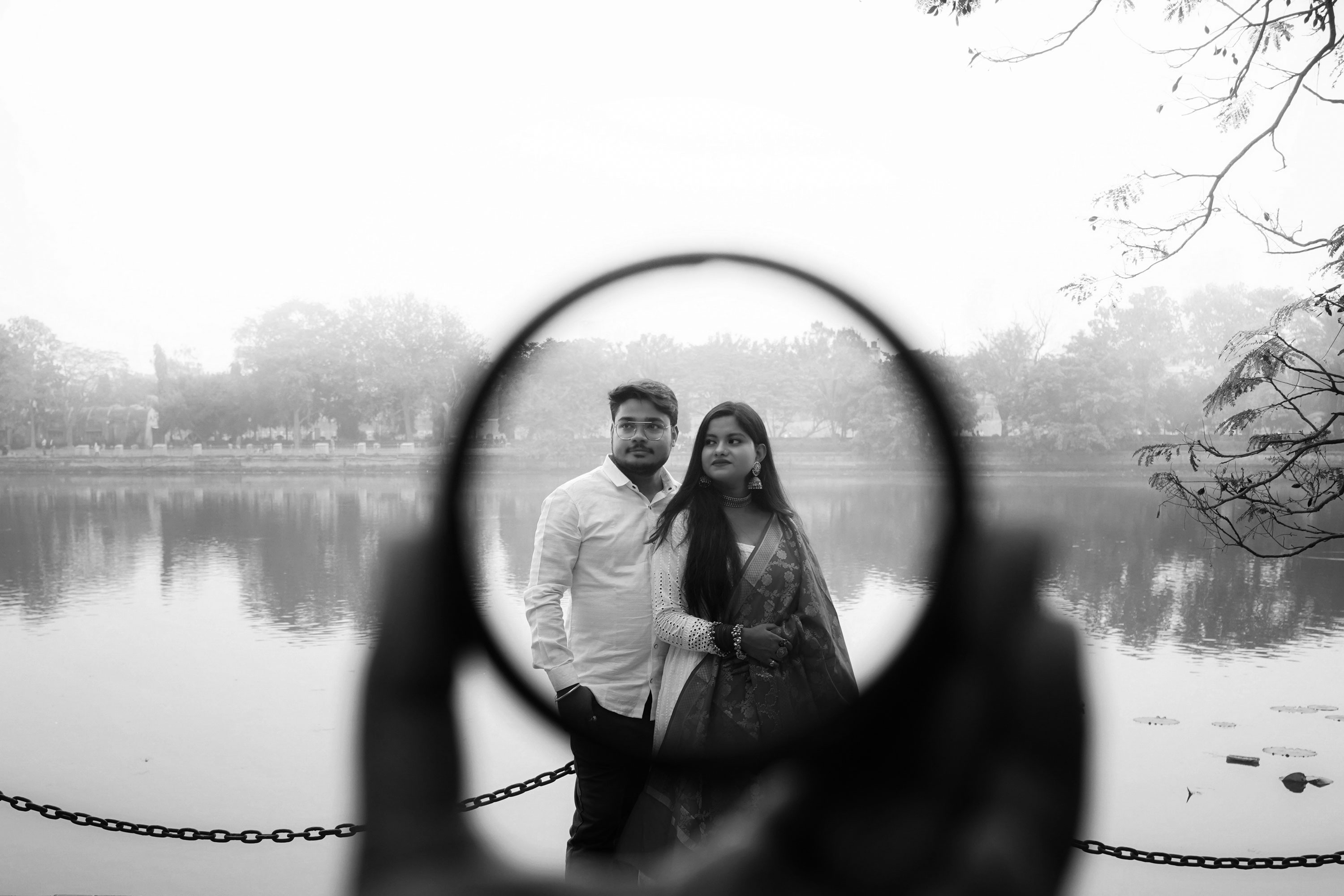In photography, light is not just an element—it’s the essence of every image. Whether you’re shoot portraits, landscapes, or product photography, mastering light is what sets good photographers apart from great ones
The Role of Light in Photography
Light is essential in photography because it defines how the subject appears, creating depth, contrast, and texture. It influences the mood, atmosphere, and emotion of an image, shaping the overall visual impact. Good lighting enhances the subject’s features, while poor lighting can obscure details, flatten the scene, or result in unflattering shadows. Mastering light allows photographers to control and elevate the quality of their work.
In addition to shaping the subject, light also guides the viewer’s focus within the frame. By manipulating the direction, intensity, and quality of light, photographers can draw attention to key areas, emphasize specific details, and create a sense of hierarchy within the image. Different types of light, such as soft or hard light, evoke distinct emotions and can dramatically change the narrative or tone of a photograph. Mastering these variations enables photographers to tell more compelling visual stories, using light not just as a technical element, but as a creative tool.
Understanding the Nature of Light
Natural light refers to light that comes from the sun, whether it’s direct sunlight, diffused through clouds, or reflected from surfaces. It is widely used in photography for its dynamic qualities, changing throughout the day to create various moods and effects. Natural light is often preferred for its soft, flattering tones during golden hours and its versatility in outdoor or window-lit settings
Before delving into techniques, it’s important to understand the characteristics of light:

1. Natural Light
Natural light, primarily sunlight, is both dynamic and unpredictable. It changes throughout the time day by day, offering different moods. So it’s important to keep it mind of thesee tips :

2. Artificial Light
When natural light is insufficient or unavailable, artificial light allows you to have complete control over your environment. You can setup whatever the mood you want to achieve.

Techniques for Mastering Light
Learning how to manipulate light is key to taking your photography to the next level from the others. To achieve the kind of mood you want, there’s a specific techinique to do so. Here are several essential tips and techniques you should do to master:
Conclusion
Mastering light is an ongoing journey, but it’s the key to creating compelling, high-quality images. By understanding the principles of light, experimenting with various techniques, and learning to manipulate shadows and highlights, you’ll elevate your photography to new heights. Remember, light is not just an ingredient—it’s the foundation of every image you create.
“Circumstantial light considers not only all the properties and behaviors of natural light, but also how that light interacts with the objects around, so that it can transform those objects into light-shaping tools.”
Roberto Valenzuela
The more you practice, the more intuitive your use of light will become. Keep exploring, experimenting, and refining your techniques, and soon you’ll find yourself crafting the perfect photograph with every shot you have capture.


